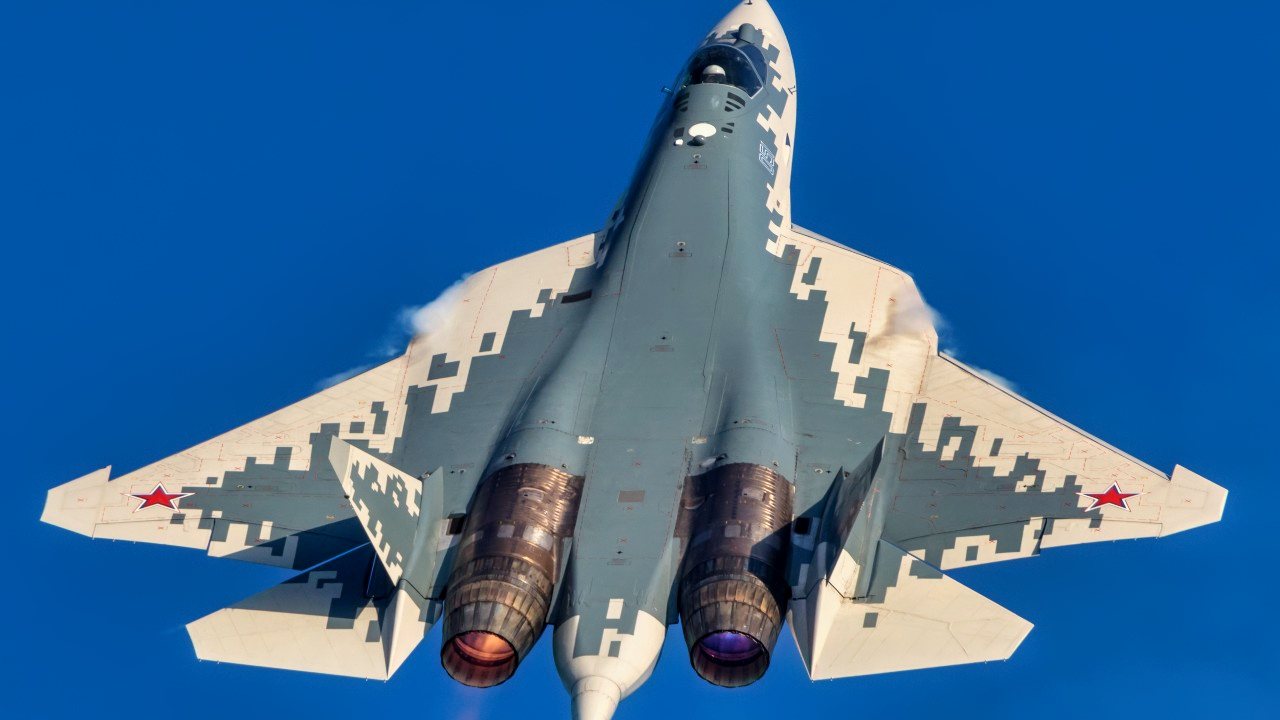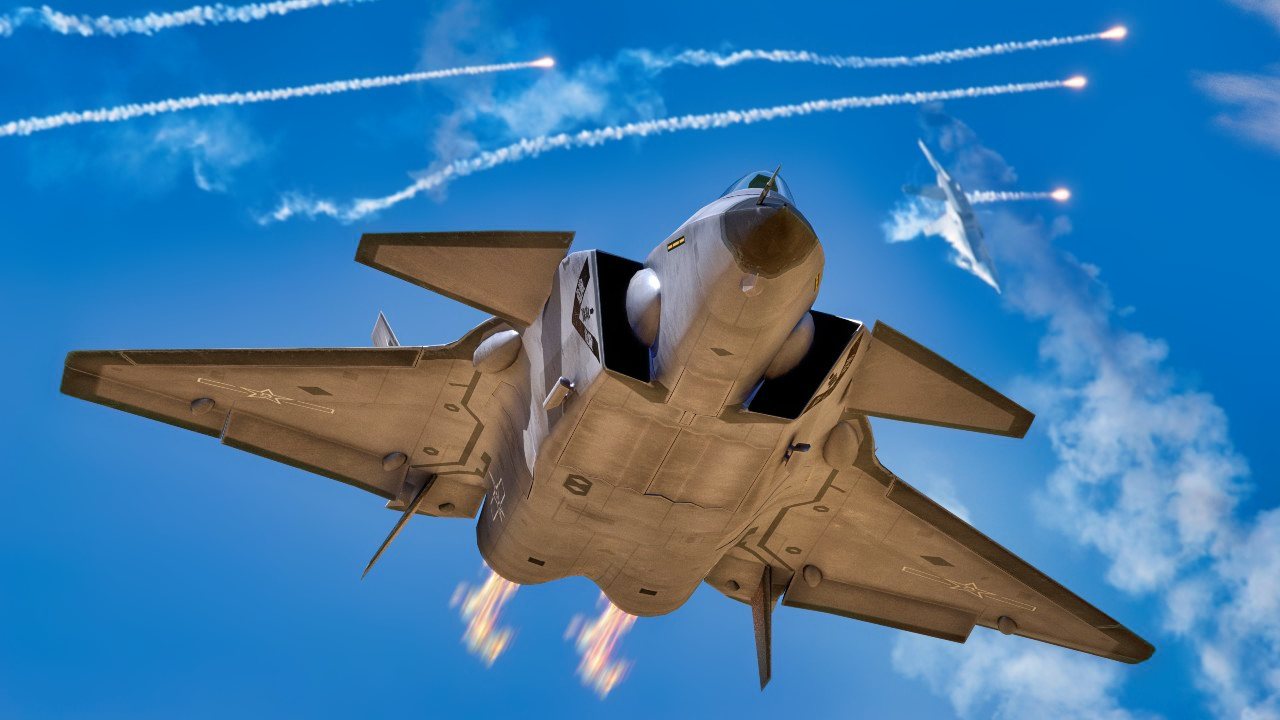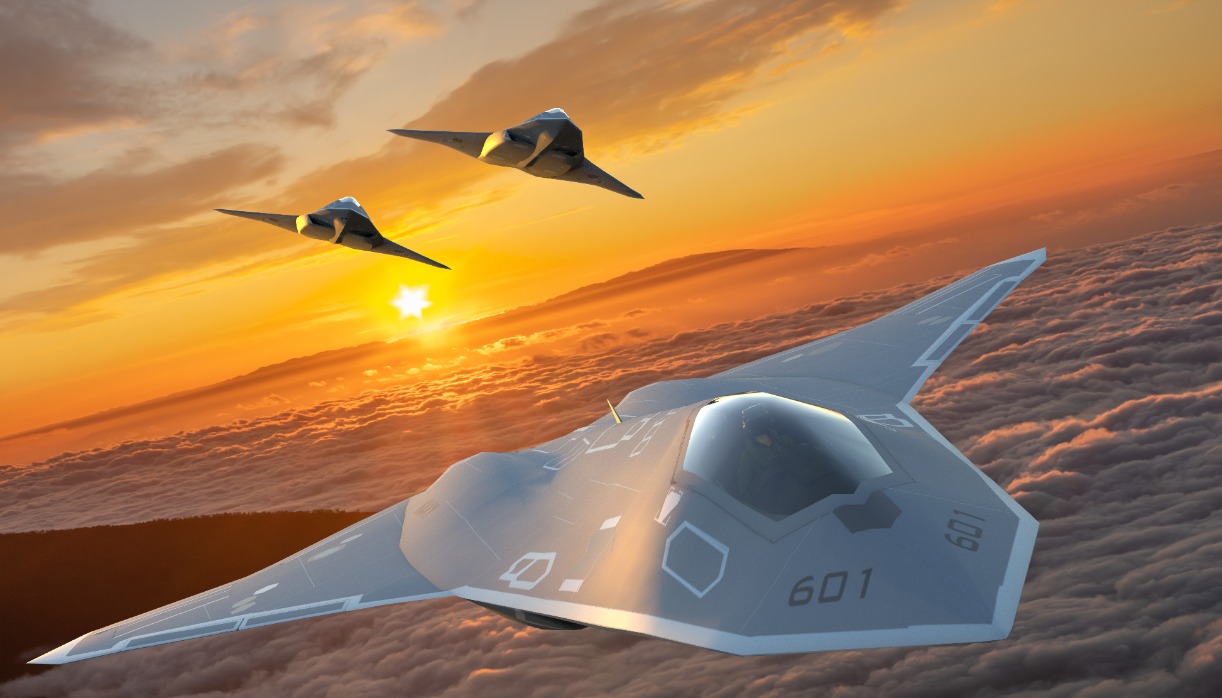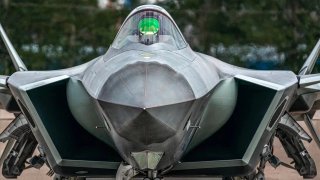Stealth: The Military Technology Russia, China and America Crave
Stealth technology is a relatively new, constantly improving feature on military aircraft. Stealth technology allows an aircraft to avoid detection by reducing its reflection of radar, infrared and visible light, radio frequency, and sound
What exactly is stealth anyway? Air defense systems have improved markedly since the early days of aerial warfare. Sophisticated radar detection systems, paired with lethal surface-to-air missiles, make penetration of defended airspace virtually impossible for conventional aircraft. The exception, the prerequisite for operating in contested airspace, is aircraft equipped with stealth technology.

Stealth Technology Is a Must
Stealth technology is a relatively new, constantly improving feature on military aircraft. Basically, stealth technology allows an aircraft to avoid detection by reducing its reflection of radar, infrared and visible light, radio frequency, and sound
. The first ever operational stealth aircraft was the US Air Force’s F-117 Nighthawk, which was developed in top secret through the 1980s. The F-117, which looks like something out of a BatMan film, was a watershed moment in aircraft design. Designed around its stealth technology, the F-117 made several design sacrifices, all for the sake of incorporating what are now perceived as the general principles of stealth aircraft design: reducing thermal emission from thrust; reducing radar detection through structural modifications; reducing radar detection with an internal weapons bay; reducing infra-red and radar detection during adverse weather.
For example, in the case of the F-117, in order to make the flight surfaces lowly observable to stealth technology, the jet was designed in a way that made it inherently unstable along all three axes, requiring constant input from a fly-by-wire system to remain in level flight.
Another problem with earlier aircraft was the afterburner. Because hot exhaust, and the heating of the aircraft skin that occurs at high speed, increases an infrared footprint – and because a sonic boom is quite detectable – the F-117 and the B-2 (the second operational stealth aircraft) were designed without afterburner technology. Technically, the lack of an afterburner would limit performance characteristics, creating a significant mismatch with an uncompromised fighter aircraft. Although, in the case of the F-117 and B-2, which were both bomber aircraft, the performance limitations were irrelevant.
Because external hardpoints, loaded with angular bombs, missiles, and fuel tanks, have a high radar cross-section, true stealth aircraft carry their weapons and fuel internally. The problem is that carrying everything internally reduces the total payload capacity.
A plane only has so much storage space inside the fuselage. For example, the F-117 was limited to carrying only two layers of GPS-guided bombs at a time, whereas other non-stealth aircraft could heft several times as much weaponry. So, stealth aircraft in effect have less firepower. To compensate, the Air Force would theoretically need to fly more stealth aircraft than conventional aircraft just to complete the same mission.

Additionally, stealth aircraft are often designed with special skin meant to enhance the aircraft’s stealth characteristics. Typically, the skin features radiation-absorbent materials (RAM), which feature carbon black particles or tiny iron spheres. Although, the exact RAM used on specific aircraft is generally classified information.
China and Russia Want Stealth
Gradually, aerospace designers are mastering the technology. Today, new stealth aircraft are being developed without the glaring drawbacks of the F-117 and B-2. The F-22, F-35, and upcoming B-21 are all fully stealth. The Russians have the Sukhoi Su-57, their first-ever stealth aircraft, although only a few are operational. Similarly, the Chinese have their first-ever stealth aircraft, the Chengdu J-20 and carrier-based J-35.

Both Russia and China are currently developing new stealth fighters; Russia is working on the PAK DP, PAK DA, PAK ShA, and Sukhoi Su-75 programs. China is working on the J-35 and JH-XX programs. Several other countries are also trying their hand at stealth aircraft: India, Taiwan, Sweden, the UK, Pakistan, Turkey, Spain, and Japan– they all have programs in the works. Although, observers are skeptical that the lesser powers will be able to field stealthy aircraft successfully.
NGAD Is Coming
For their part, the US, despite being the world leader in stealth technology, is not complacent. Instead, the US is working to develop improved, future-generation platforms, like the Air Force’s Next Generation Air Dominance or NGAD.

Despite ongoing efforts around the world to produce viable stealth aircraft, the US can be expected to maintain its dominance in the realm of stealth technology for the foreseeable future.
Harrison Kass is a defense writer with over 1,000 published pieces. An attorney, pilot, guitarist, and minor pro hockey player, he joined the US Air Force as a Pilot Trainee but was medically discharged. Harrison holds a BA from Lake Forest College, a JD from the University of Oregon, and an MA from New York University. He lives in Oregon and listens to Dokken. Follow him on Twitter @harrison_kass.
All images are Creative Commons.


